Buy Woman in a Chemise, André Derain as a reproduction on canvas, ArtFrame, poster and wallpaper, printed on demand in high quality.
About "Woman in a Chemise, André Derain"
About the artwork
Woman in a Chemise, André Derain
The manner of painting is not the only interesting feature of this picture. André Derain draws on an established tradition in modern French art: finding artistic subject matter in places of entertainment in Paris. The generation of artists that preceded him, such as Toulouse-Lautrec, moved among dancers and performers in the late 1800s, and André Derain reinterprets such imagery by means of modern devices.
His painting shows a dancer from the restaurant and night club Le rat mort (The Dead Rat), which was also one of Toulouse-Lautrec’s regular haunts. Half undressed, the dancer sits with her stockinged legs crossed, slumped on what looks like a bed as she looks directly out at us.
‘It’s a tremendously strong image. The composition has been very carefully thought through, based on a triangular system, and the overall effect gives the painting a strong monumentality. The stringency of the composition and the simple colour scheme with its vivid contrasts helps create a visual impact that is almost poster-like,’ says Dorthe Aagesen.
The painting is a key work from Derain’s ‘Fauvist’ period (from the French, Le fauve: the wild ones). It has its origins in a summer spent with the somewhat older fellow artist Henri Matisse in 1905 in the town of Collioure in the south of France. Here, they both experimented with using colours in new ways, taking them beyond a purely descriptive function, such as showing us that the sea is blue. Here, colours
Old Master collections
Discover more Old Masters in the following collections:
 Germany
Germany Ordered in November 2024
Ordered in November 2024
 Germany
Germany Ordered in February 2023
Ordered in February 2023
 Netherlands
Netherlands Ordered in June 2019
Ordered in June 2019
 Netherlands
Netherlands Ordered in July 2023
Ordered in July 2023
 Germany
Germany Ordered in April 2020
Ordered in April 2020
 Netherlands
Netherlands Ordered in June 2023
Ordered in June 2023
 Germany
Germany Ordered in February 2023
Ordered in February 2023
 Netherlands
Netherlands Ordered in December 2023
Ordered in December 2023
 Germany
Germany Ordered in April 2020
Ordered in April 2020
 Netherlands
Netherlands Ordered in February 2021
Ordered in February 2021
 Germany
Germany Ordered in May 2021
Ordered in May 2021
 Netherlands
Netherlands Ordered in August 2018
Ordered in August 2018
About the material
ArtFrame™
Interchangeable Art Prints
- High-quality print
- Easily interchangeable
- Acoustic function
- Large sizes available
Discover the Old Masters collection
 Portrait of a man with collar, Rembrandt
Portrait of a man with collar, Rembrandt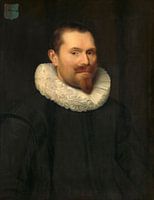 Portrait of a man, anonymous - 1633
Portrait of a man, anonymous - 1633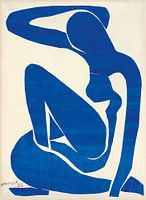 Henri Matisse. Blue nude
Henri Matisse. Blue nude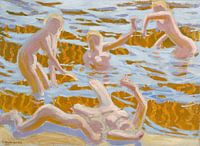 Oceanides, Akseli Gallen-Kallela
Oceanides, Akseli Gallen-Kallela Sunset, Hendrik Willem Mesdag
Sunset, Hendrik Willem Mesdag Self-portrait, Adriaen van de Venne
Self-portrait, Adriaen van de Venne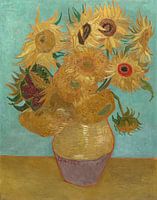 Vincent van Gogh. Sunflowers
Vincent van Gogh. Sunflowers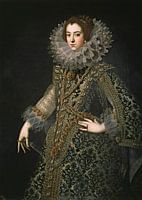 Queen Elizabeth of Bourbon
Queen Elizabeth of Bourbon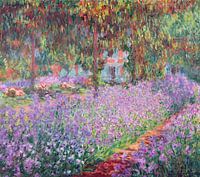 The Artist's Garden at Giverny, Claude Monet
The Artist's Garden at Giverny, Claude Monet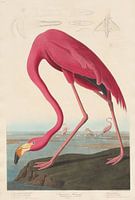 American Flamingo, original
American Flamingo, original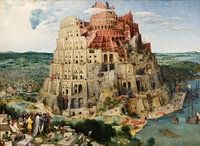 The Tower of Babel, Pieter Bruegel
The Tower of Babel, Pieter Bruegel Bouquet of flowers on white background (seen at VT Wonen)
Bouquet of flowers on white background (seen at VT Wonen)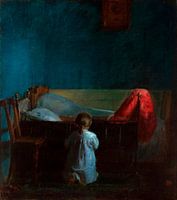 Evening prayers, Anna Ancher
Evening prayers, Anna Ancher Two little girls carrying a basket - Jozef Israels
Two little girls carrying a basket - Jozef Israels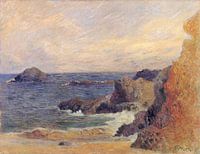 Rocks by the sea, Paul Gauguin - 1886
Rocks by the sea, Paul Gauguin - 1886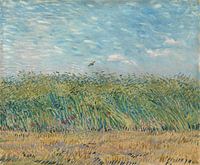 Vincent van Gogh, Cornfield with partridge
Vincent van Gogh, Cornfield with partridge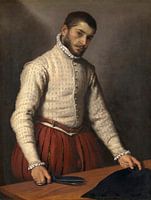 The Tailor, Giovanni Battista Moroni
The Tailor, Giovanni Battista Moroni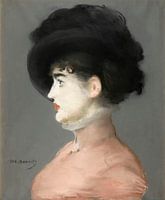 Irma Brunner, Édouard Manet
Irma Brunner, Édouard Manet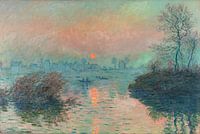 Sunset on the Seine at Lavacourt, Claude Monet
Sunset on the Seine at Lavacourt, Claude Monet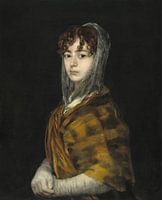 Francisca Sabasa y Garcia - Portrait woman old master of Francisco Goya
Francisca Sabasa y Garcia - Portrait woman old master of Francisco Goya
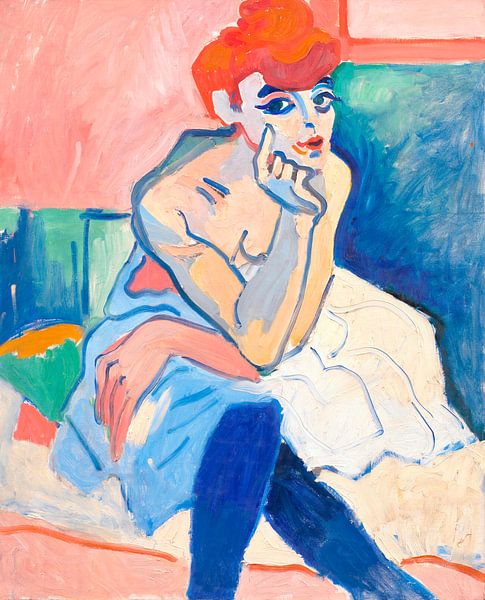
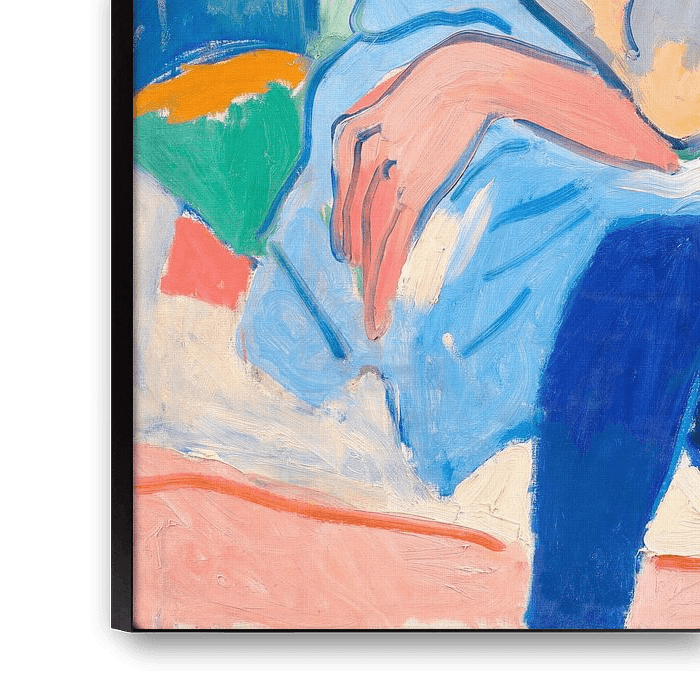



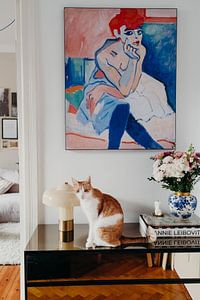



 Fauvism
Fauvism Female
Female Female nudes
Female nudes Old masters
Old masters Post-impressionism
Post-impressionism Serene Peace
Serene Peace Vibrant Colors
Vibrant Colors









